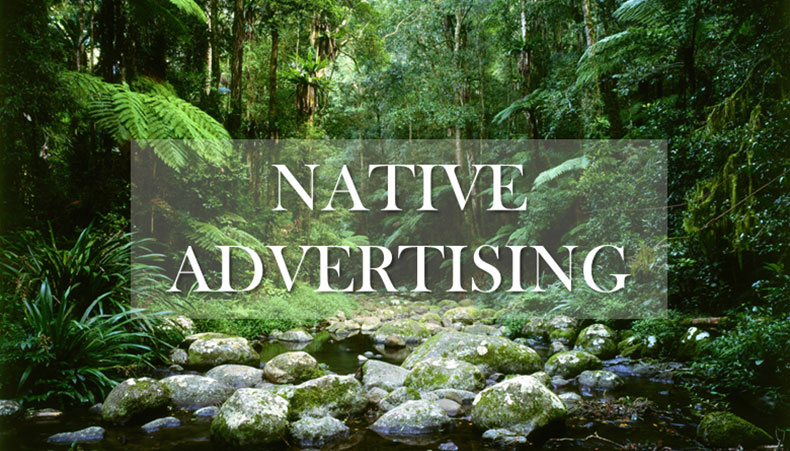
As the advertising industry has begun its migration toward new, innovative types of marketing, I’ve found myself in a pickle. I’m often wondering, “What is the difference between native and sponsored? How can I tell if this is a real advertisement?” If you’re like me, you might have looked for an explanation to help decipher between native advertisements and sponsored content. After taking the proper steps to educate myself, I’m happy to share with you my findings.
My methodology included scouring credible sources on the internet to find definitions for all the words I’ve heard used to describe the control: native advertising. The variables were phrases such as sponsored content, branded content, advertorials, and advertising content.
I visited media publication, Digiday, to find the following basic explanation for native advertising, an ad unit that “can only be bought and displayed on one platform.” Seemed simple enough. I then headed over to Time Inc., Synapse’s parent company, to find that “native” was the name used for the entire advertising category – across any and all platforms. Conflicting.
According to Time Inc., native advertising is much broader than the Digiday definition. Time Inc.’s native advertising page addresses one of the variables: sponsored content. This may be a term you’re more familiar with. Their definition of sponsored content refers to the entire native advertising process – from content creation to campaign management.
In my personal experience, I’ve found that sponsored content often appears on the more newsworthy sites and occurs when a brand pays to have its name associated with a story or content. Think “brought to you by,” or “sponsored by,” appearing at the beginning of an article you’ve read, like this one on BusinessInsider.
A new discovery I stumbled upon was The Foundry at Time Inc. This organization is defined as “a full-service content marketing organization that helps advertisers design and develop large-scale content marketing initiatives and campaigns that engage audiences across paid, owned, earned media.” The Foundry showcased different examples of the control, like these videos created for Chase and featured on select Time Inc. sites.
The Foundry introduced a phrase I’d never heard of before: content marketing. According to The Content Marketing Institute, you can use this word to define “a marketing technique of creating and distributing valuable, relevant and consistent content to attract and acquire a clearly defined audience.”
What I have concluded is that it’s all interchangeable. The names the media has used to define the various forms of advertising (native, sponsored content, advertising content, brand content, advertorials, content marketing) are merely vessels to attract a larger audience of advertising clients. Don’t let the verbiage hold you up – native advertising encompasses various types of marketing and as we continue to study it, there is no doubt we’ll see it evolve even more.